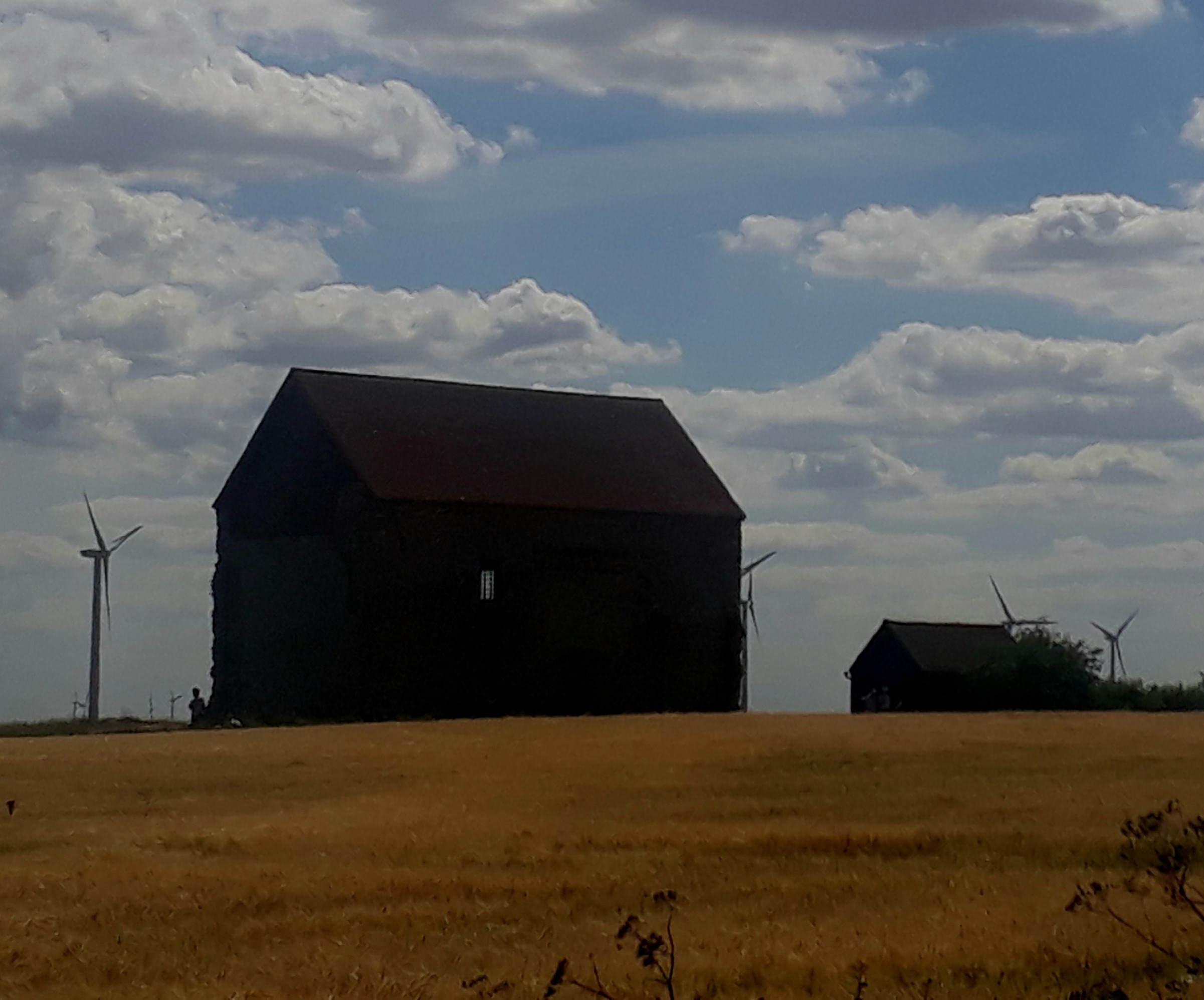Thirteen-hundred years ago the Christian faith was being spread throughout Ireland and Scotland. Patrick, in Ireland, had established many monasteries and from there Columba had come to Iona (a tiny island off the west coast of Scotland) where a monastery and other Christian centres were established. From this first Scottish monastery, a man called Aidan was sent, by invitation of King Oswald of Northumbria to set up a monastery at Lindisfarne on the north-east coast. This monastery would also become a school where Anglo-Saxon boys could be trained to become priests and missionaries. It was here that Cedd and his and his brothers Caelin, Cynebil and Chad learnt to read and write in Latin and learnt to teach the Christian faith.
Cedd, after being ordained as a priest later became a bishop. His first mission was to travel to Mercia (the midlands) by request of his ruler, King Paeda, which was a successful mission. After hearing of this success, King Sigbert of the Essex Saxons asked for a similar mission—for Cedd to travel to Essex and teach the Christian faith.
In 653, Cedd sailed down the east coast of England from Lindisfarne to Bradwell, where he found ruins of an old deserted Roman fort. It’s believed he built a small wooden church which was soon replaced by the plentiful stone from the fort, providing a much more permanent building.
The chapel still stands today.
Greatly influenced by the architecture of the churches in Egypt and Syria, Cedd modelled this church in this style. Build on what was called the River Pant (now the River Blackwater) we know that St Anthony of Egypt had built his church from the ruins of a fort on the banks of a river in the same way as Cedd.
Due to the success of Cedd’s mission to the East Saxons he was recalled to Lindisfarne and made Bishop of the East Saxons the same year. His monastery at Bradwell, although simple, would also have been a church. A community of both men and women, a hospital, a library, a school, an arts centre, a farm, a guest house and a mission base. From this base he established other Christian centres at Mersea, Tilbury, Prittlewell and Upminster.
Cedd often travelled north to visit his childhood home and in 659 was introduced to King Ethelwald, who asked him to establish a monastery in Northumbria. While at this site in 664 he caught the plague as he lay dying thirty of his monks from Bradwell came to be with him. They too caught it, with only one boy surviving who returned to Bradwell.
